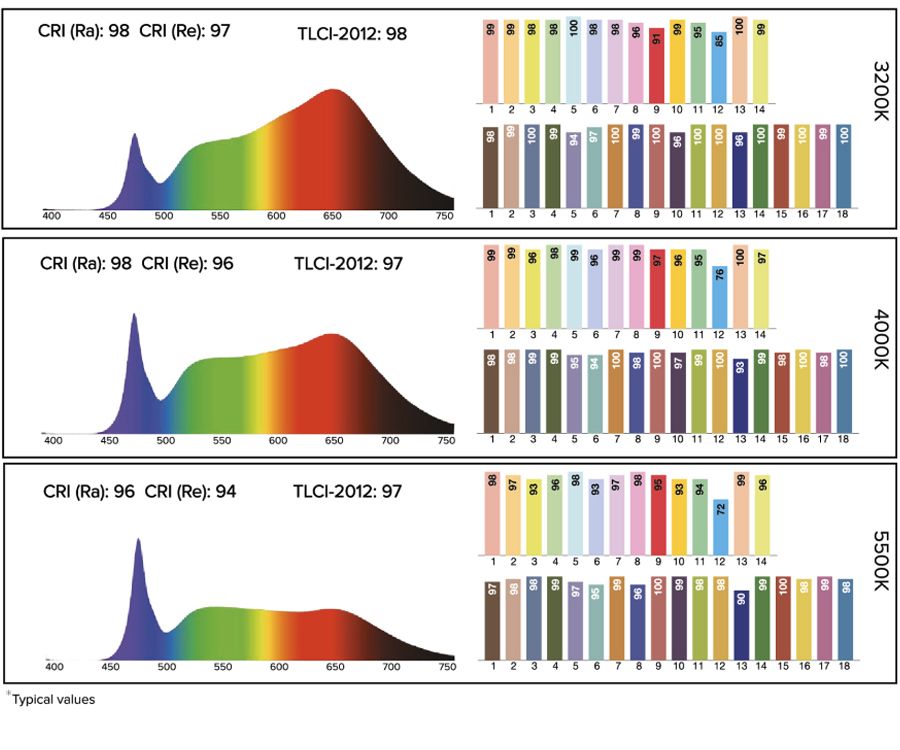Order Code | PB15 |
|---|---|
LED Engine | Titan LED Engine |
Colors | RGBMintAmber |
Total LED Power | 15 W |
LED Power Draw | 12 W |
Luminous Flux 2700K | 405 Lumens |
Luminous Flux 3200K | 475 Lumens |
Luminous Flux 5500K | 395 Lumens |
Light Output 2700 K @ 1m | 6 178 Lux |
Light Output 3200 K @ 1m | 7 144 Lux |
Light Output 5500 K @ 1m | 5 985 Lux |
CRI (Ra)/ TLCI 3200- 6500 K | ≥96 |
Beam Angle | 13° |
Field Angle | 25° |
Strobe | 0 – 25 Hertz |
Pixels | 1 |
Battery Runtime | up to 20 hours |
Battery Lifetime | 70 % after 300 cycles |
DC Input | 24 VDC – 0.8 A |
DC Connector | 5.5 mm x 2.1 mm |
AC Input | No |
AC Connector | No |
Power Consumption (max.) | 20 W |
Wired DMX | Yes via PWB-2-86 (FP1-PWB / FP3-DTL) |
CRMX Receiver | Built-in |
BluetoothBridge BTB | Built-in |
Wireless Protocols | CRMX, UHF, Bluetooth, WiFi |
Wireless Range | CRMX/UHF up to 300 m / 330 yds Bluetooth up to 3 m / 3.3 yds |
Infrared Control | Yes |
Housing Material | Aluminium |
IP Rating unwired | IP65 (only with PB15-PLG) |
IP Rating wired with PWB-CAB-0.2/-1.5/-5/-10/-15 | IP65 |
Ambient Operating Temperature | 0 – 40 °C / 32 – 104 °F |
Weight | 1.12 kg / 2.47 lbs |
Dimensions (L x W x D) | 91 mm x 91 mm x 94 mm / 3.6" x 3.6" x 3.7" |
Mounting Options | 4x Airline Tracks, 4x M5 threads, BrickBracket |
All specifications provided are typical values and may be subject to change without prior notice.
